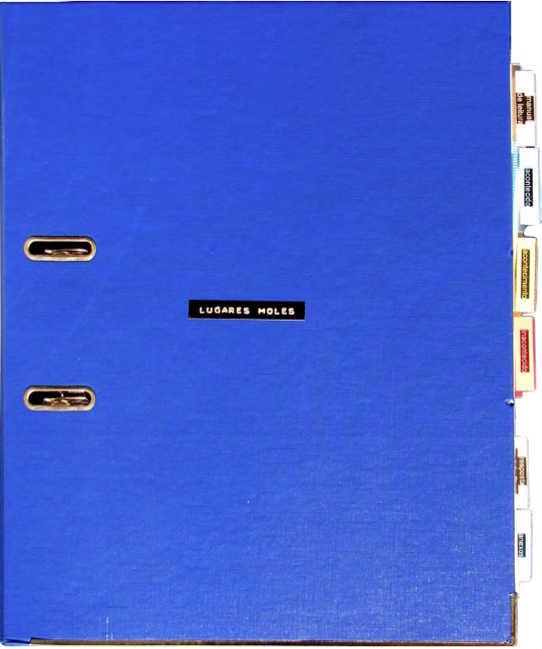Lugares Moles
USP
São Paulo
2007
Dissertação de mestrado em Poéticas Visuais no Programa de Pós-graduação em Artes da ECA, USP. Orientação: Ana Maria Tavares. / Master in Fine Arts Thesis in Studio Art. School of Art and Communication of the University of São Paulo, Brazil. Advisor: Ana Maria Tavares.
Resumo
O objeto de pesquisa desta dissertação compreende as especificidades do termo site-specific, palavra da língua inglesa usada internacionalmente em arte para caracterizar obras para as quais o contexto tem um papel determinante. A meta da pesquisa é dobrar o conceito implicado pelo termo sobre a própria palavra, ou seja, defender a ideia de que a expressão site-specific é em si site-specific e que, portanto, a sua utilização em outros contextos e línguas, que não o seu de origem, deve sofrer algum tipo de elaboração, ou tradução. O site-specific não é entendido somente como um assunto, mas como um método de abordagem da própria dissertação como um espaço específico, onde é possível propor uma operação artística. A tradução é abordada como uma operação poética, mais do que uma tentativa de gerar um termo em português que fizesse equivalência à palavra site-specific. Entende-se por operação poética a construção de um lugar relacional e colaborativo de diversos autores, línguas, ideias, conceitos e imagens; incluindo, a partir de estratégias conceituais, o leitor como um elemento constitutivo do jogo proposto.
Palavras-chave: Arte site-specific; arte contemporânea; tradução em arte; arte como lugar; contexto como arte; especificidade de significado.
Abstract
The object of this research comprehends a critical investigation of the specificities of the term site-specific, which has been appropriated from the English language and used internationally to describe works of art which find in their context a defining role. The goal of the research is to fold the implied concept over the word itself, or, to defend the idea that the expression site-specific is also site-specific. Its use in other contexts and languages should therefore undergo some sort of elaboration, or translation. Site-specificity is understood not solely as a subject, but also as a method to constitute the dissertation itself as a specific site, where it is possible to propose an artistic operation. Translation is understood as a poetic operation, more than an attempt to create a word in Portuguese which would be equivalent to site-specific in English. What is understood by a poetic operation is the creation of a relational and collaborative field of several authors, languages, ideas, concepts and images; including, through conceptual strategies, the reader as a constitutive element of the game proposed.
Key-words: Site-specific art; contemporary art; translation in art; place as art; context as art; specificity of meaning.


